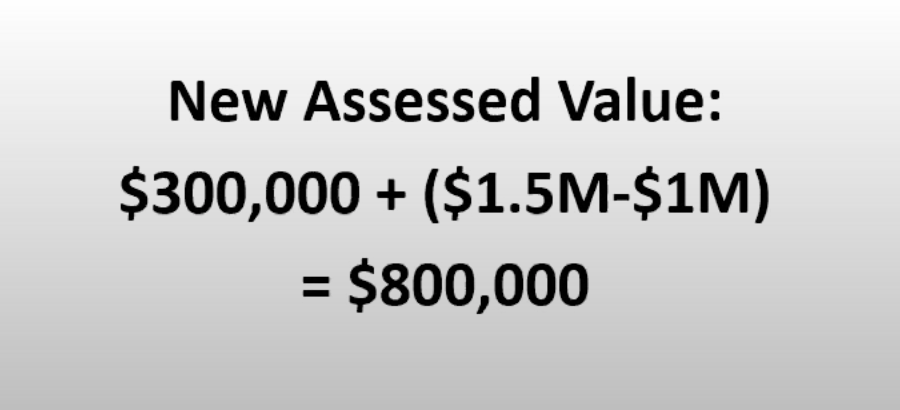Financial planning is an integral part of any successful portfolio.
We don’t pretend to offer financial advice, but we do offer real estate advice and the two often overlap.
For example, every two years a married homeowner filing joint tax returns can sell their primary residence and enjoy the first $500,000 of capital gains tax free. We’d be remise if we didn’t remind those to whom we’ve sold homes about this option to keep more of their equity in their own pocket.
Of course, we realize that most people don’t move every two years just to save on capital gains.
First, homes don’t appreciate that much in two years to realize the savings, and people get entrenched in their neighborhood, while others just love their house and have no plans to move, but failing to plan ahead, could cost one hundreds of thousands of dollars.
When Might One Consider this Option?
If you have lived in your home in the Bay Area for more than five years you’ve probably already surpassed the $500,000 capital gains abatement threshold.
Are you outgrowing your home? With interest rates are still at historically low levels, now might be an ideal time to consider a move up into the space you need.
If you’re retired or near retirement and would like to downsize, selling your home while the market is at record highs might be the time to employ that exit strategy you’ve been considering. Afterall, when the last market correction occurred it took 7 years for the median home price to return to the previous high. Seven years is a long time to postpone retirement just to wait for home prices to rebound to current levels.
Worried about higher property taxes on a larger home? The recently passed Proposition 19 in California just might help mitigate the hit of higher property taxes with the ability to carry your existing low tax base to your replacement property and pay only a small increase if buying a more expensive home.
If you’re downsizing, you can carry your existing tax base without adjustment.
We’re here to help answer any of your questions on how to make a move possible if you choose to do so.
If you have questions about tax implications or estate planning please seek advice from your attorney, CPA or other professional.
Drew & Christine Morgan are REALTORS/NOTARY PUBLIC in Belmont, CA. with more than 25 years of experience in helping sellers and buyers in their community. As Diamond recipients, Drew and Christine are ranked in the top 50 RE/MAX agents nationwide and the top 3 in Northern California. They may be reached at (650) 508.1441 or emailed at info@morganhomes.com.
For all you need to know about Belmont, subscribe to this blog right here. You can also follow us on Facebook at https://www.facebook.com/Morganhomes and on Twitter @ https://twitter.com/morganhomes
The information contained in this article is educational and intended for informational purposes only. It does not constitute real estate, tax, insurance or legal advice, nor does it substitute for advice specific to your situation. Always consult an appropriate professional familiar with your scenario.




























